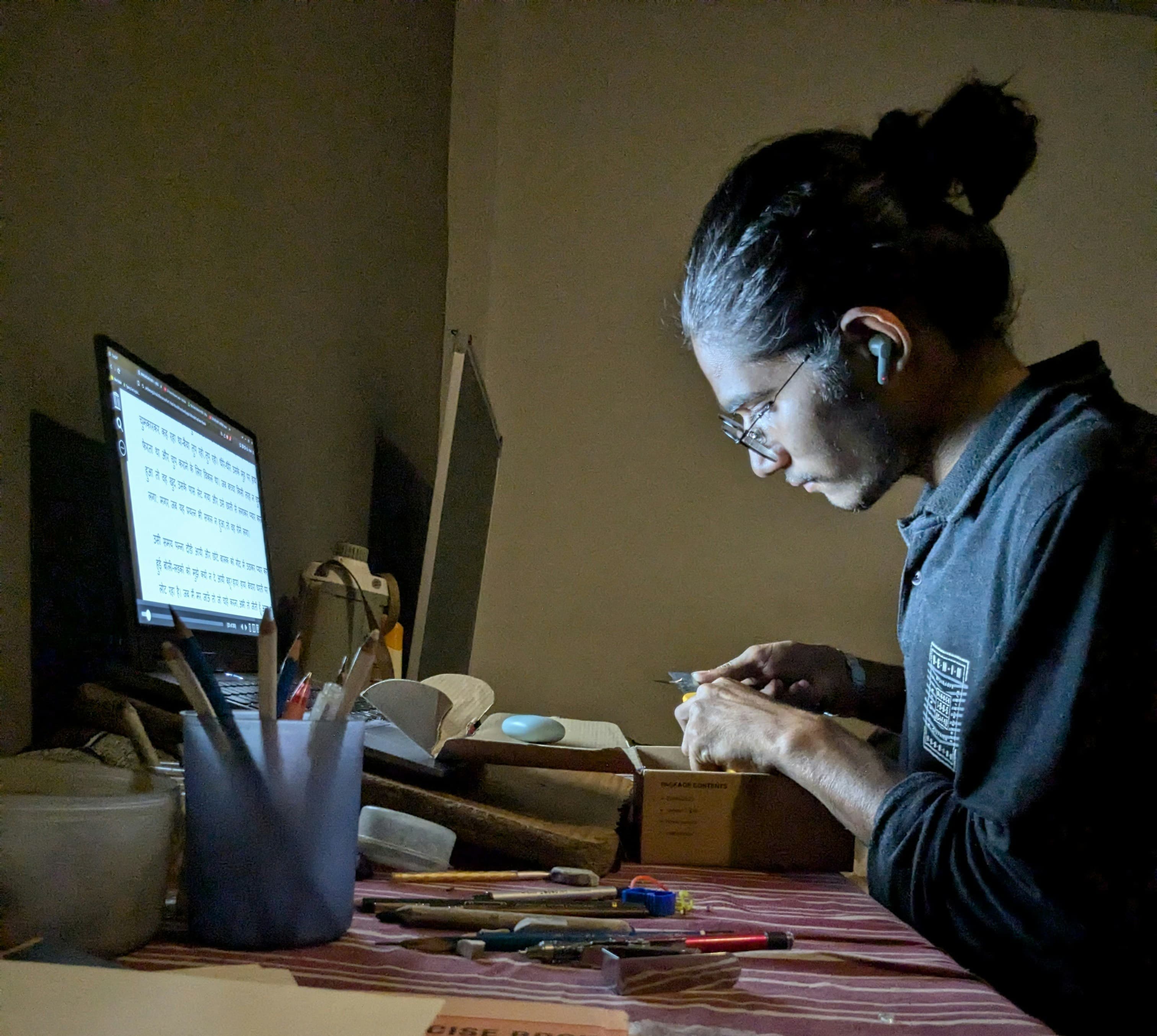My Process for Finding a Single Winning Trade

I’m a visual trader, which means my decisions are based on what I see on the charts—not on news headlines or gut feelings. My approach to is built on this principle. After weeks of analyzing charts, I hope this is becoming clear.
Today and tomorrow are big days for economic news. At 10:00 A.M., we have New Home Sales data coming out. While that might not seem directly related to the , it’s a number the U.S. markets are watching closely, especially with the current real estate rally. That kind of news inevitably impacts the U.S. dollar. A good rule of thumb is that a country's currency tends to move in line with its stock market. It’s not a one-to-one relationship, but they’re definitely connected.
First, I took a quick look at my ongoing long position in the USD/CHF. I’d already checked it over the weekend to see how it opened, and it still looks strong. I’m comfortable trusting the orders I already have in place to manage it.
The Morning Scan
I got a late start today, sitting down at my desk around 8:30 A.M. with less than 90 minutes before that housing number drops. I needed to see if anything was setting up. My short position in the USD/JPY is moving in the right direction, with my stop-loss and profit target already set.
As I scanned the other charts, I found that most were either trending slowly or just choppy, with no clean entry points. This wasn’t a huge surprise, given the mountain of economic data expected tomorrow. Honestly, I don’t think being at my desk at 4:30 or 5:00 A.M. would have made any difference. Knowing when to do nothing is just as important as knowing when to trade, especially when you're .
For example, the 180-minute chart for the British pound showed a slight downward trend, but prices weren’t near a breakout point. The shorter-term charts weren’t much better. A 30-minute chart had some potential, but I’m always much more selective with these faster timeframes. By 9:00 A.M., everything just felt flat.
The 60-minute chart for the Aussie dollar did show a confirmed breakdown at 6:00 A.M., but even if I’d been there to catch it, the trade went nowhere. It just moved sideways.
Finding an Opportunity
Just as I was about to give up on finding a trade, I noticed the Canadian dollar. It was breaking down through the 1.1475 level, and the MACD histogram was plotting below the zero line, which was the confirmation I needed. This was a setup I’d been watching for days—I even had a sticky note on my monitor about it from the 24th. This is what building a is really about: preparation meeting opportunity.
The move had already started, but I saw that the daily chart was confirming the trade. I decided to enter manually.
I went short at 1.1465. My stop-loss was placed at 1.1527, and my first profit target was set at 1.1441. If that hit, my next target would be 1.1405. My entry was about 10 pips off my ideal price of 1.1475. This isn’t what most people call brokerage slippage; it was the amount I was willing to give up to get into the trade. On a shorter-term chart, I’d never give up 10 pips, but on a daily chart, I considered it an acceptable cost of entry for this particular .
The trade took off almost immediately. My entry was just a half-hour before the price really dropped, and my first profit target at 1.1441 was hit right away. I moved my stop-loss to that level to lock in the gains and protect my position. Then, I set my limit order to exit the trade at my second target of 1.1405. This entire process is a great example of of the markets.
The Payoff
With the trade managed, I knew I had a busy day tomorrow with GDP, PMI, and Consumer Confidence reports coming out. The action starts at 8:30 A.M., and I plan to be ready.
But for today, I was done. I decided to take my mom out for lunch.
When I got back that afternoon, I saw that the Canadian dollar trade had played out perfectly. Around 2:30 P.M. EST, while I was out, my second profit target at 1.1405 was hit. I was out of the trade completely.
Making a nice profit in the morning and then getting to spend the afternoon with my mom—that’s what a good day of is all about. This is the payoff.








